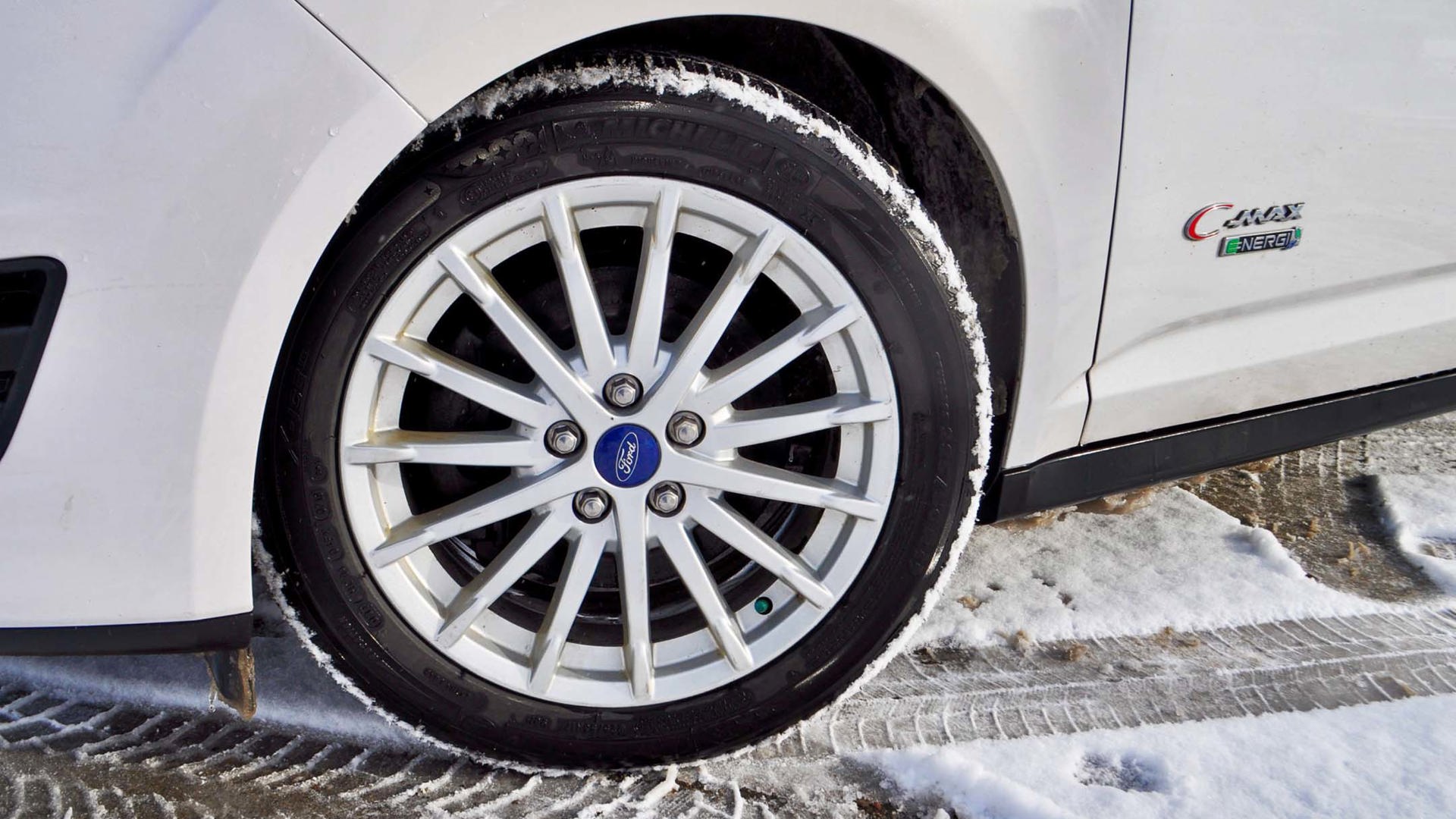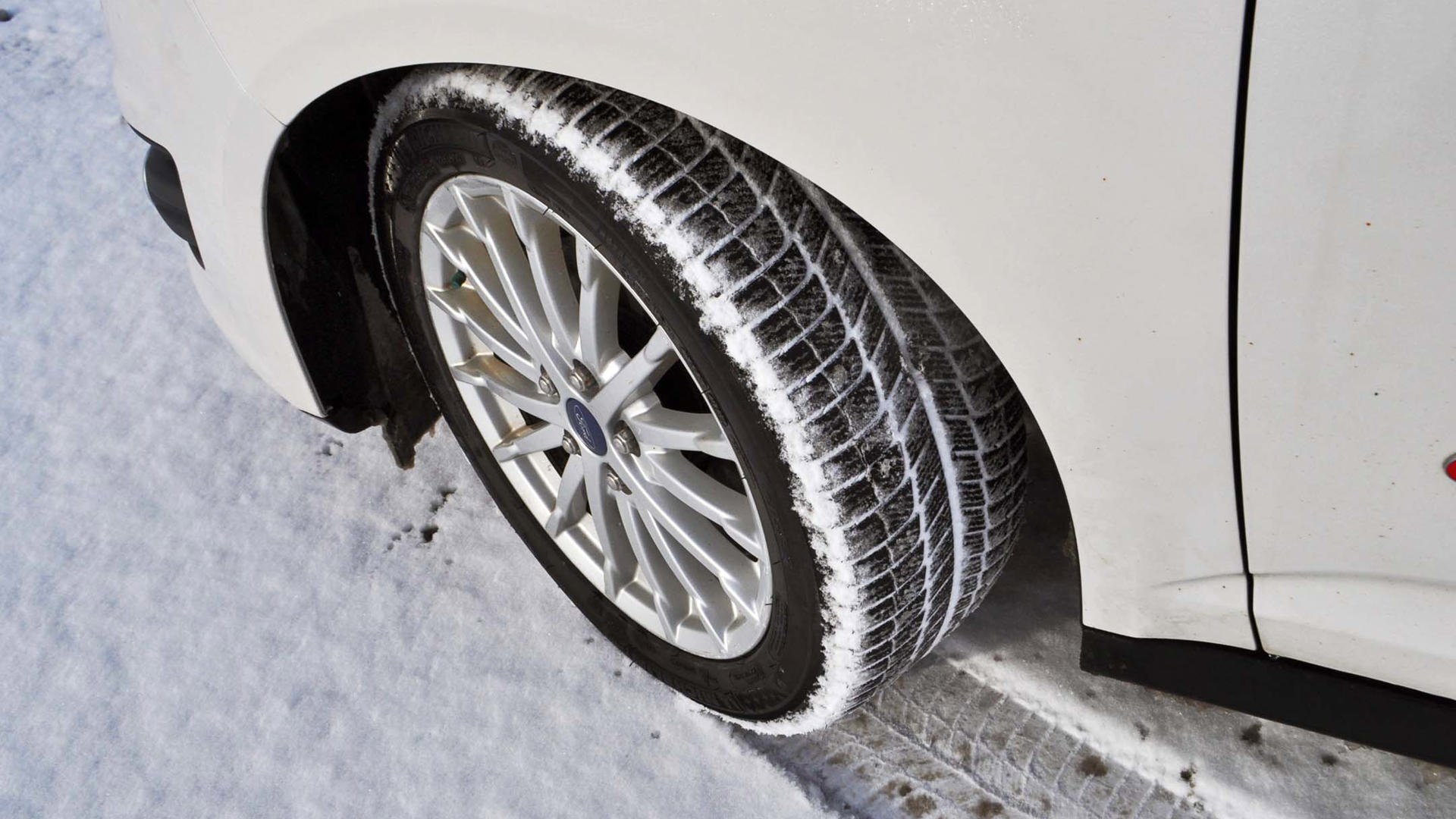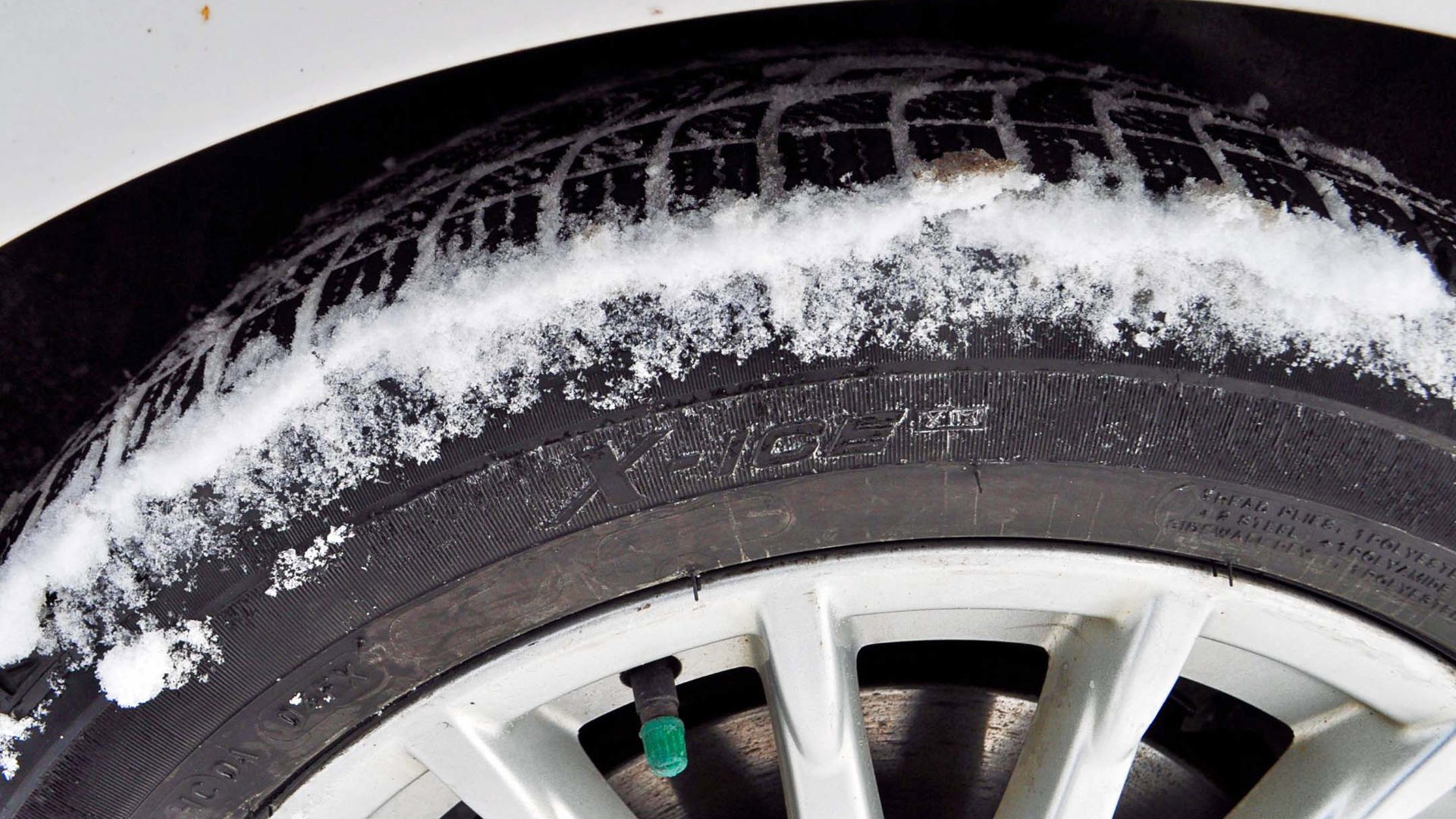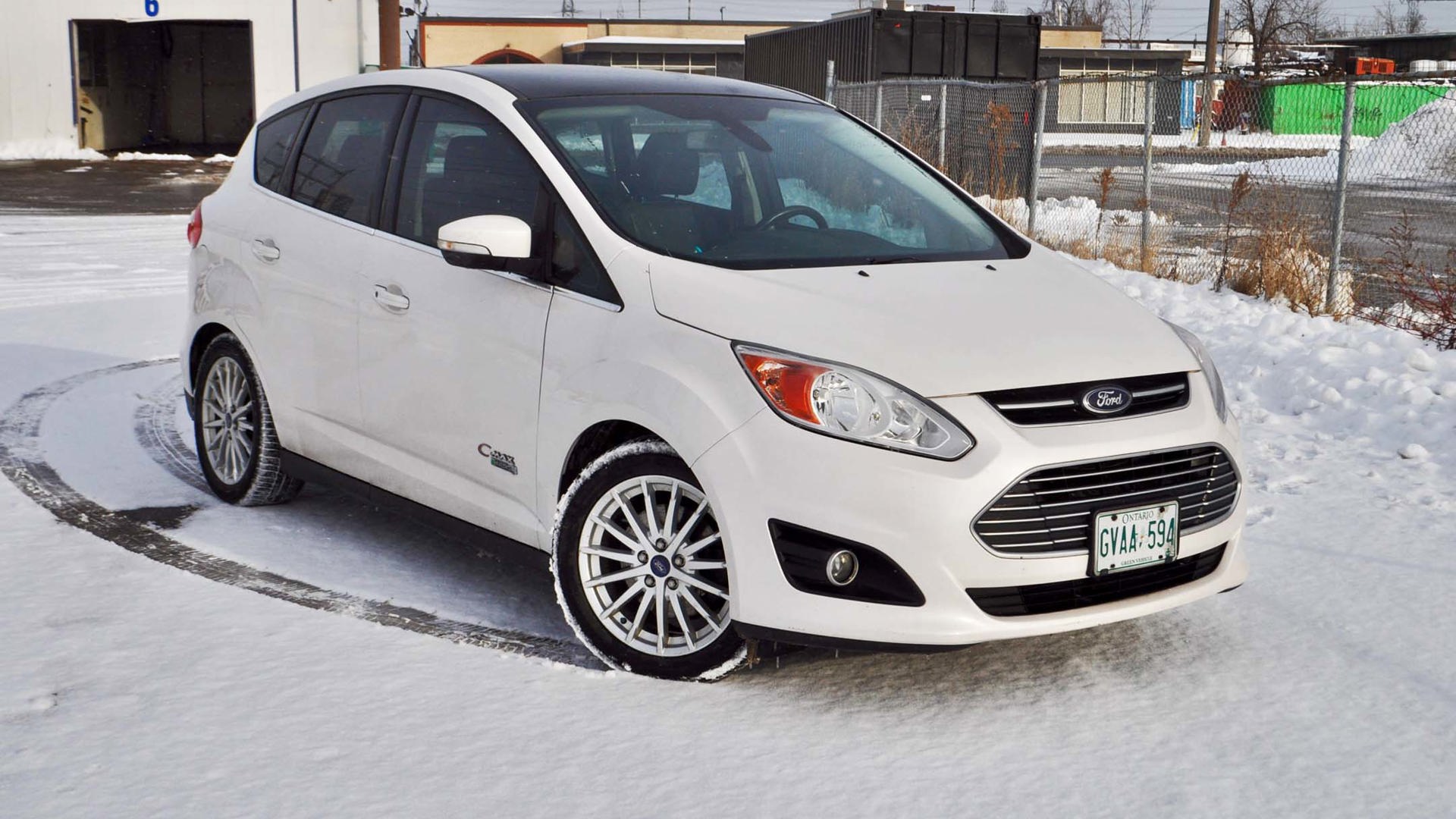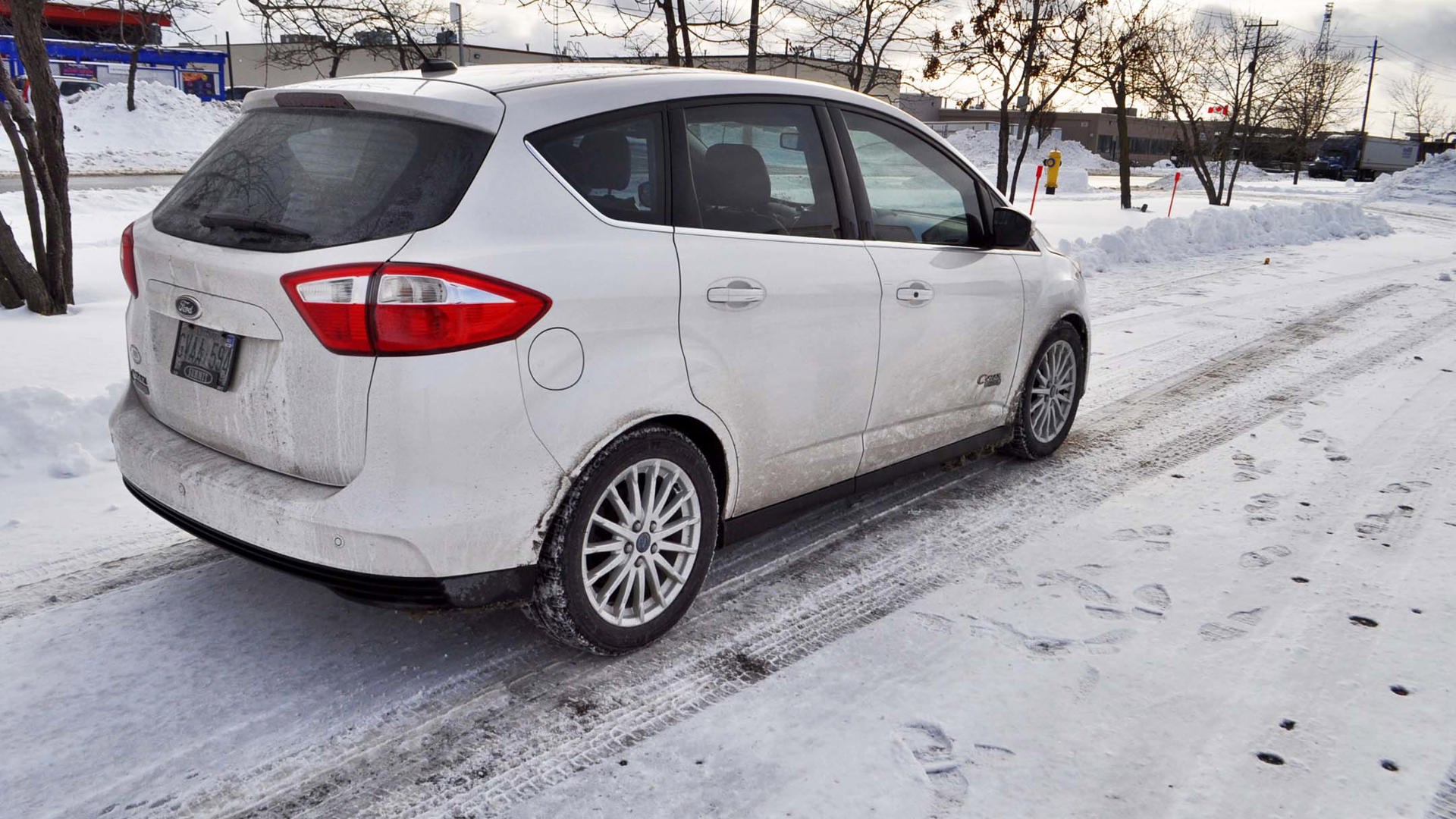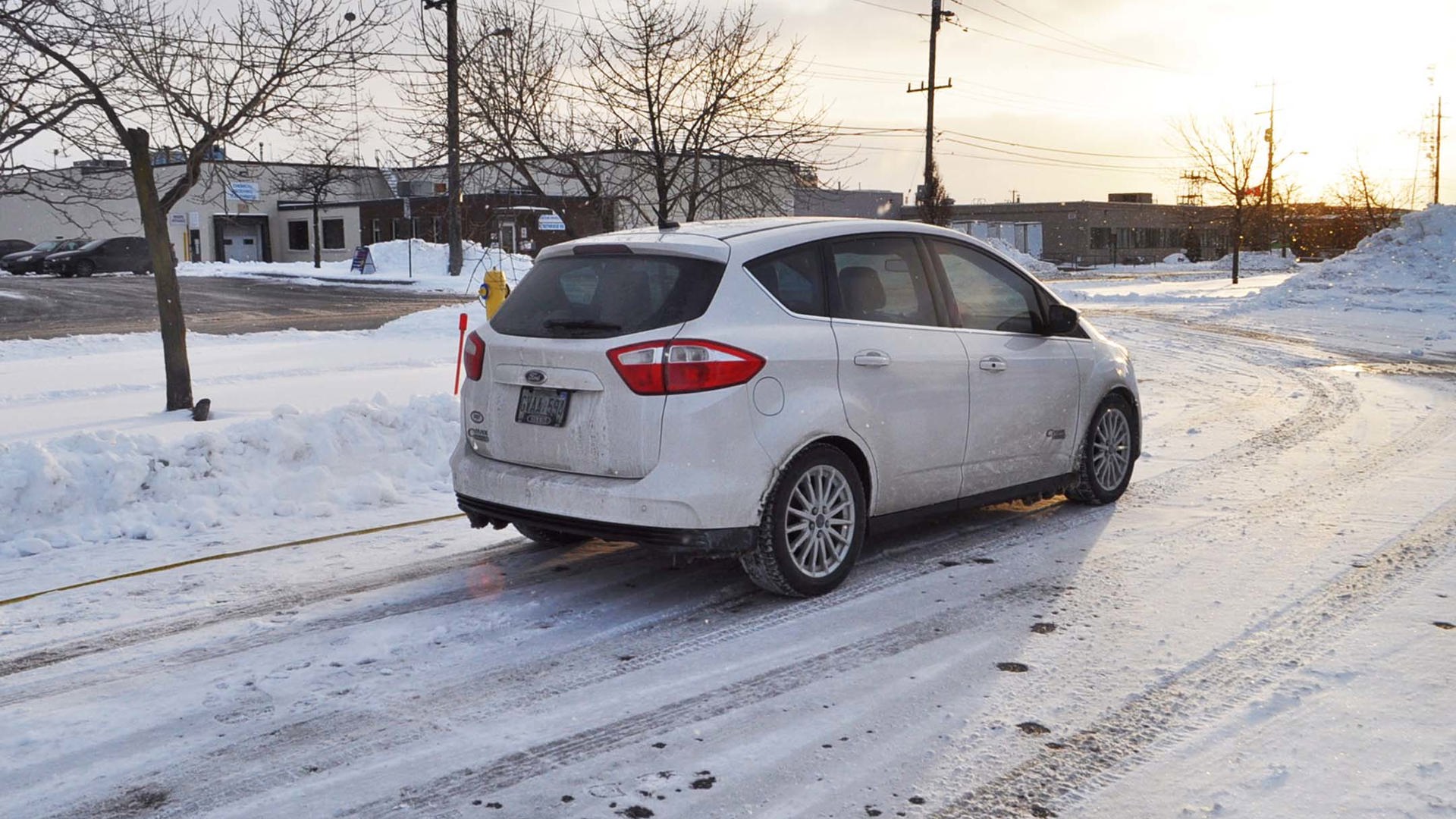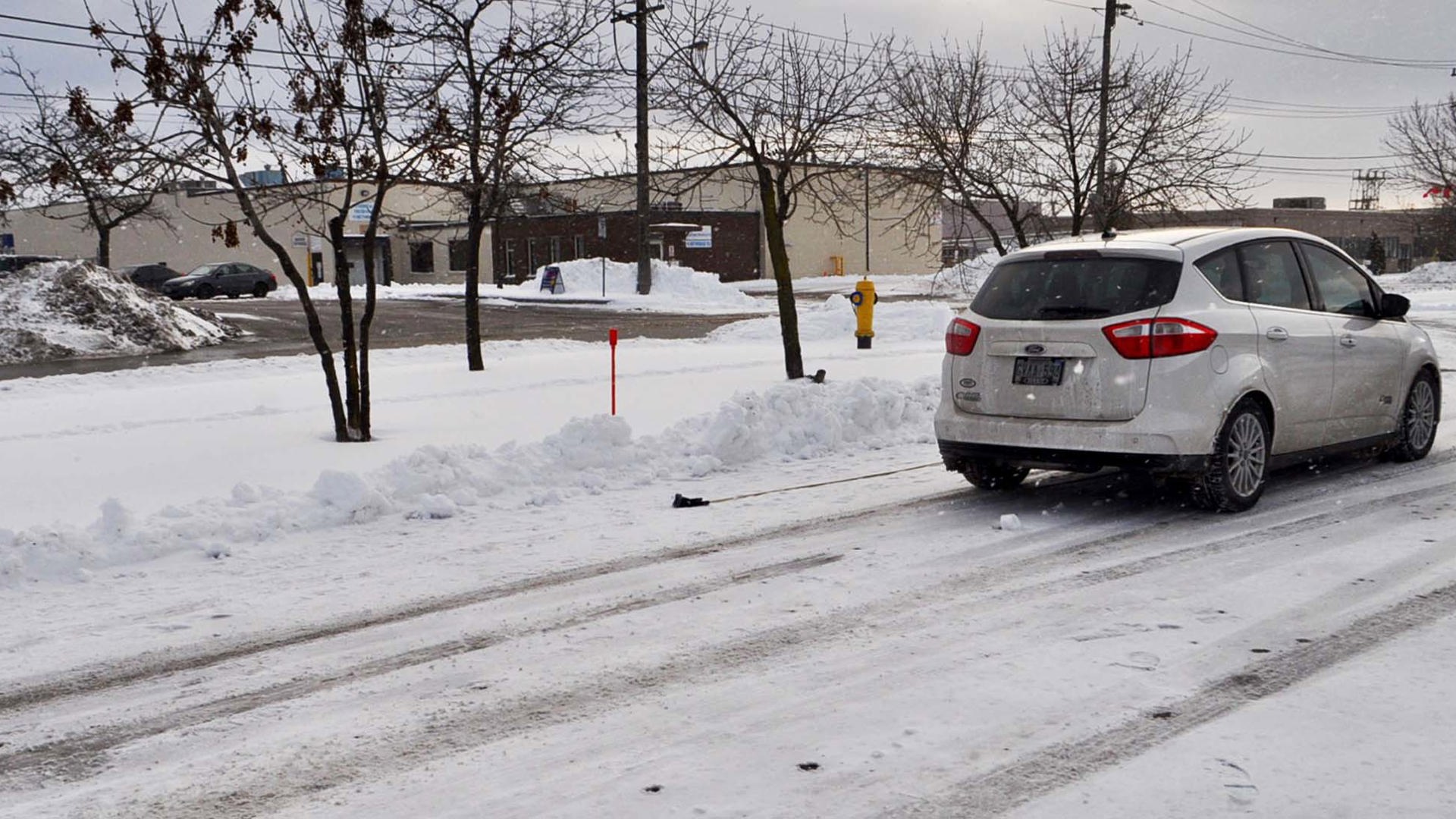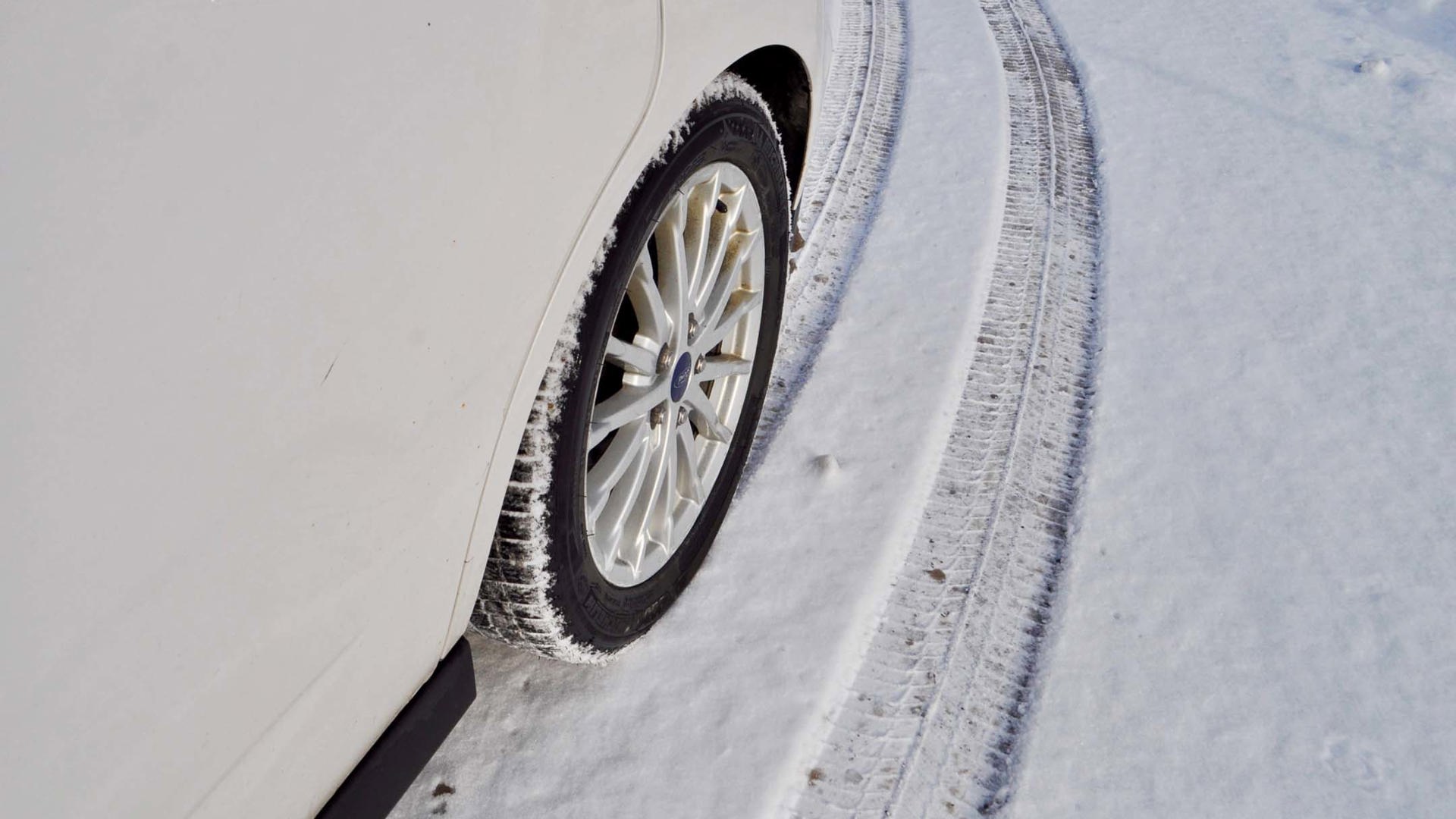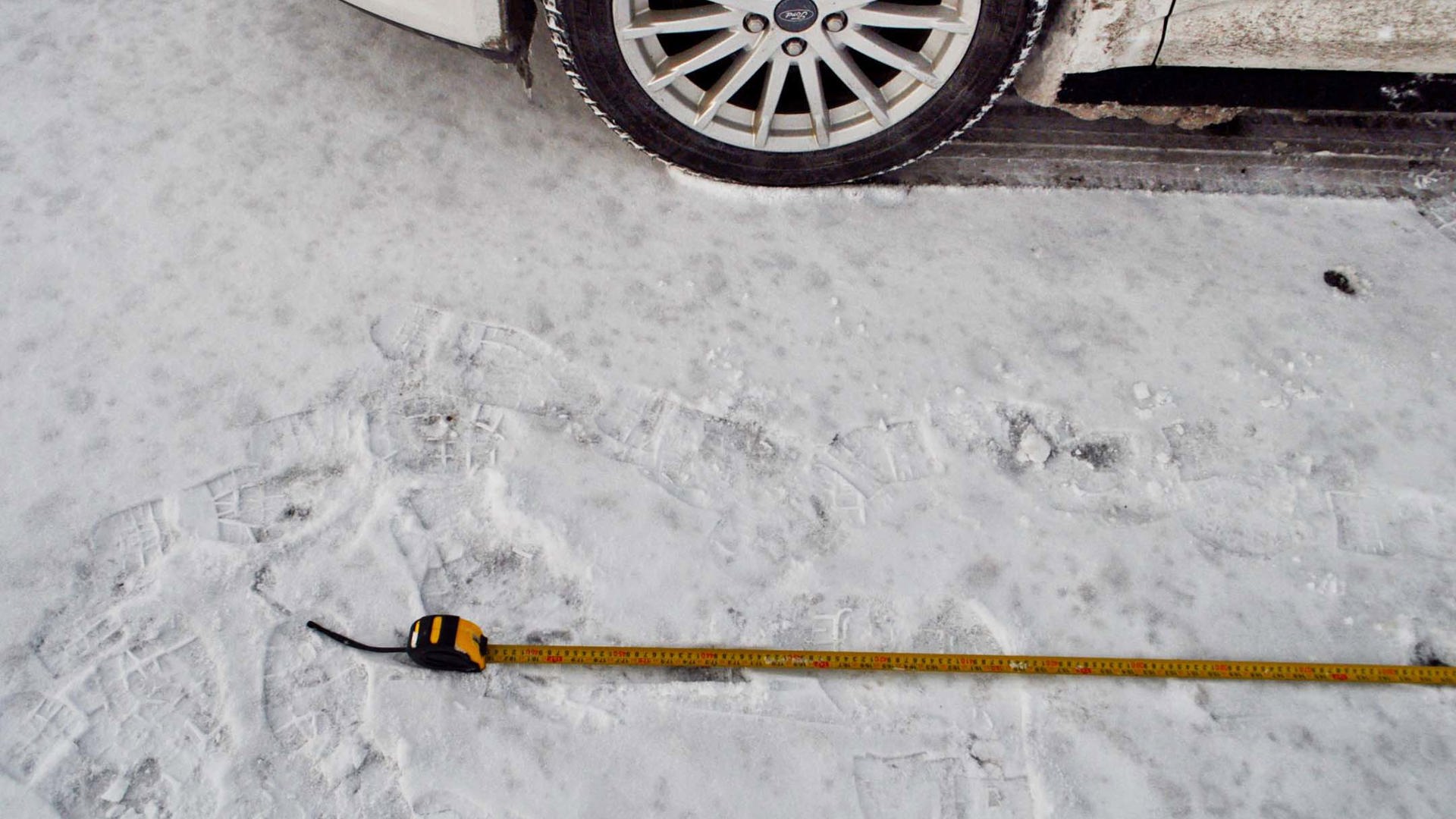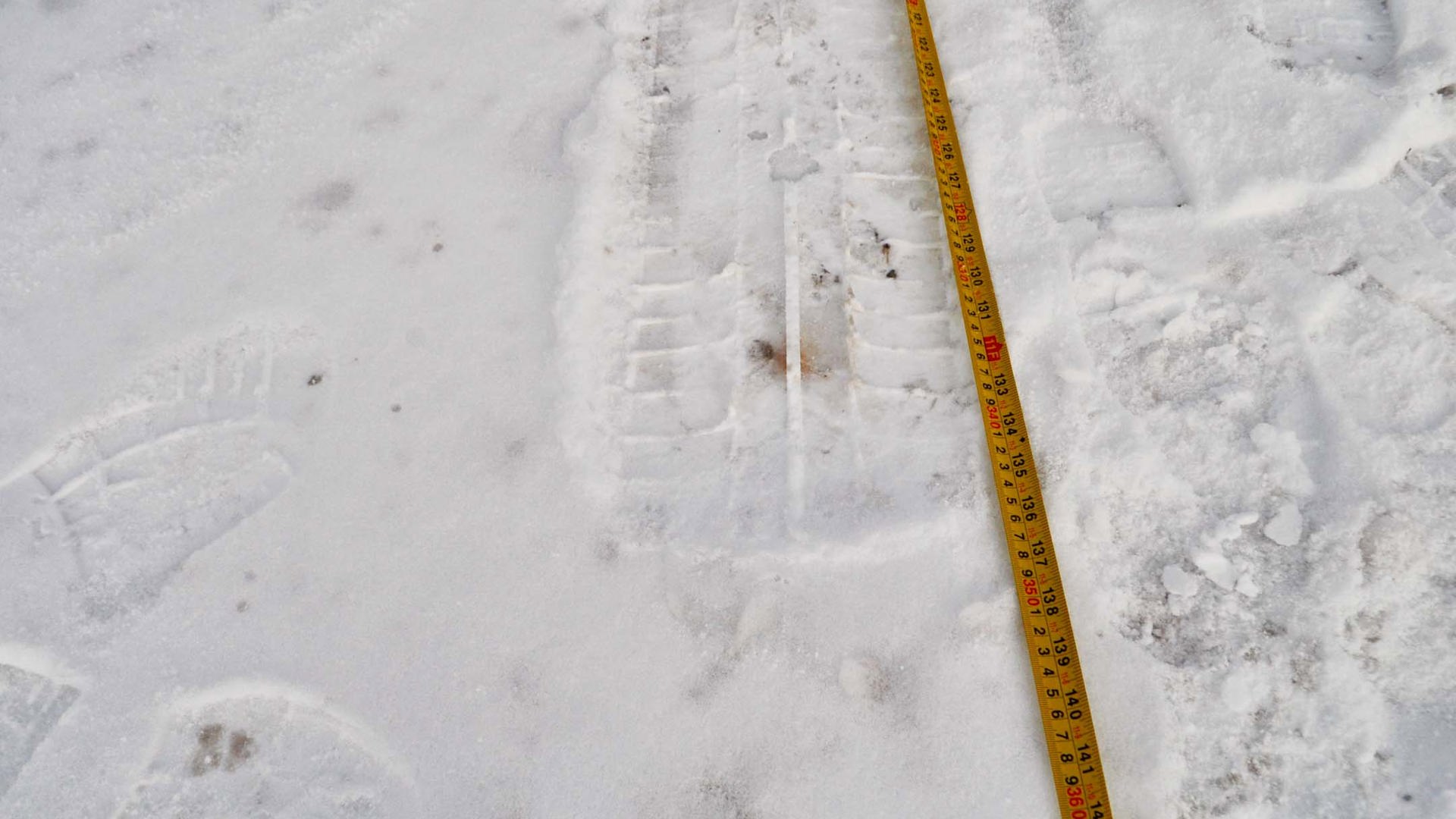The weeks before we installed the Michelin X-Ice Xi3 winter tires were a wakeup lesson in tire and vehicle maintenance. When the first few snowfalls of the winter came, my wife suggested that maybe it was time for new winter tires.
“But we just had new all-weather tires installed two years ago, and they have the snowflake symbol,” I argued. These were our first-ever set of all-weather tires, a relatively new but growing segment of the tire market, marketed primarily for folks in urban areas that want to maximize winter traction but minimize tire switches and storage costs.
In their first winter season, these Kumho Solus HA31s handled all manner of winter conditions well, even if their all-weather design meant some compromises in full-on winter capabilities. But we had put only 25,000 km on the four; they couldn’t be done already, could they? They’re rated for warranty coverage at up to 100,000 km in Canada, the most of any of the Korean brand’s tire lines.
Then I drove it in our next dumping of snow, and no question, the traction didn’t measure up to winter tires anymore. More like well-used all-season tires, surprisingly.
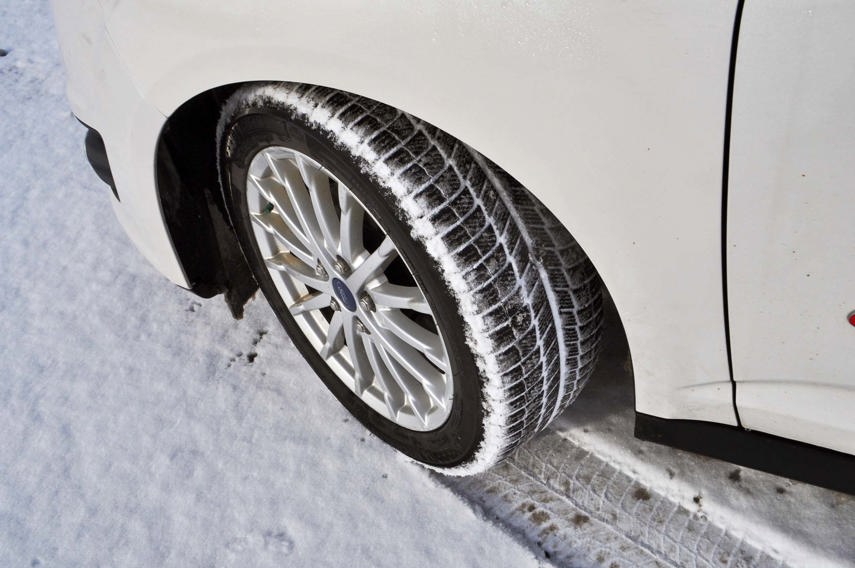
Rotation key to keeping warranty intact, on any tire
When I eventually went to replace them with full winter rubber at the local Kal Tire, which supplied and fitted the rubber on our daily driver’s factory rims, the manager Hassan asked, “When did you last rotate these tires?”
Busted. Almost two full years on those tires, and somehow they were never rotated. That blew right past the (fairly frequent) 8,000 km rotation frequency that Kumho specifies in its warranty. In contrast, Michelin’s warranty book recommends a more reasonable time frame of between 10,000 and 12,000 km, but sooner if uneven tire wear is detected.
So despite our keeping careful watch on tire pressure, Hassan estimated that the fronts were roughly down to 20 percent tread. The good news? The rears still had about 80 percent, so there will still be some three-season life yet for them in our front-wheel drive Ford C-Max Energi, for which we decided to buy new rims to make tire switching easier over the next few years.
The irony? Considering that we’re back to winter tires on a similar, relatively low mileage daily commute, we now have to run the former rears on the front for even longer, in order to even out the wear. So outside of our switches from the all-weather to the winter tires, looks like it will be another two or maybe even three years before we rotate the all-weather tires again, at least front to back.
And it could very well be possible the all-weather tires will be done by then, even for three-season use.
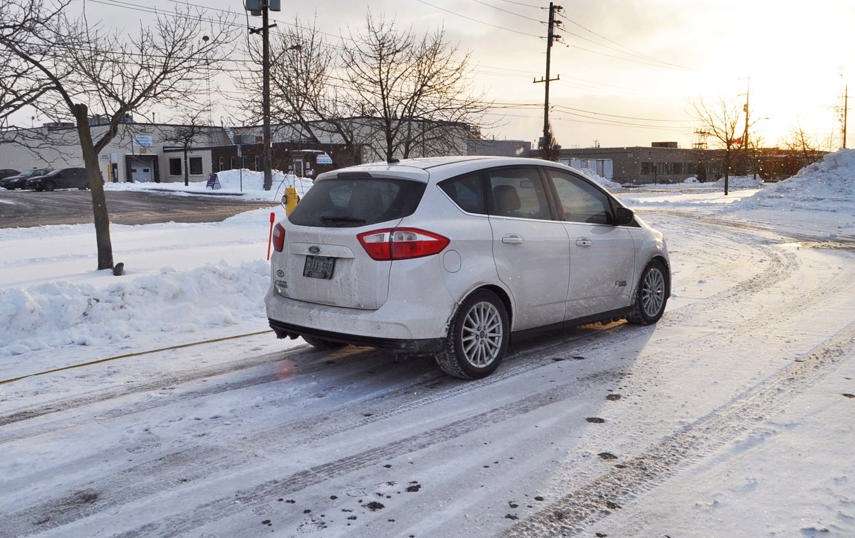
Winter confidence means ready traction in quickly varying conditions
But that’s all to consider come the spring. For now, we’re very happy with all the additional grip of these H-rated 225/50R17 Michelin X-Ice Xi3s. They have already proven to be much more confidence-inspiring than our two-year-old but well-worn all-weather tires, especially when it comes to braking, and in a tight line on snowy turns.
This extra measure of security is perhaps most clearly illustrated in a common scenario by our place. We live on a side street to a major urban road, and since that road features higher speeds and quicker winter clearing than our street, we’re often faced with braking from a cold and wet but generally snow-free surface to an uncleared, very snowy one on our side street.
So when making a right-hand turn onto our street with fast-moving traffic behind you, there’s often a brief moment of uncertainty in the transition from fast and clear to slow and snowy, a moment that can turn to panic when there’s another car on our snowy street waiting to make a left-hand turn, at the meeting point of these very different surfaces.
The Michelin has the reassuring ability to handle the transition from wet but lightly dusted conditions to deep snow quickly and confidently. Without quality winter tires, slowing down well in advance on the larger road is the safest course of action, but that will make you unpopular very quickly, and put you at risk from behind as well.
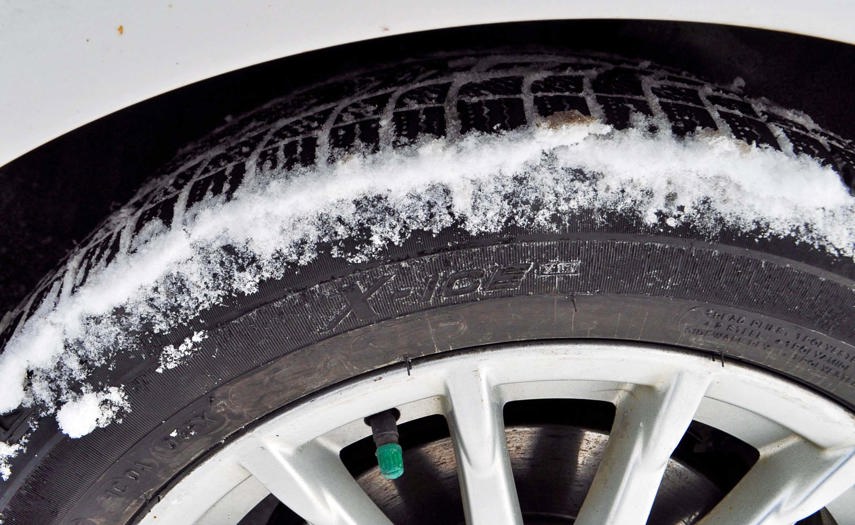
Well-recognized for fuel efficiency amongst eco-minded consumers
The reason I looked for Michelin X-Ice tires first was that they came widely recommended on various electric vehicle owners’ groups online. These are often folks for whom low rolling resistance is key, especially since the softer tread compounds usually found in winter tires also contribute to reducing the electric range of electric and plug-in hybrid vehicles, like our C-Max Energi.
This is the third generation of the X-Ice winter tire, which is designed for luxury passenger cars, minivans, and sedans; but this generation came out back in 2012, and a new generation X-Ice, called the X-Ice Snow, will be on sale later in 2020. Look for an upcoming report on how the next-generation version performs on snow and ice.
Given their age, then, these Xi3s are not state-of-the-art tires, but still perform very well, not only in their subjective feel on snowy roads, but also when I took them for some empty parking lot testing.
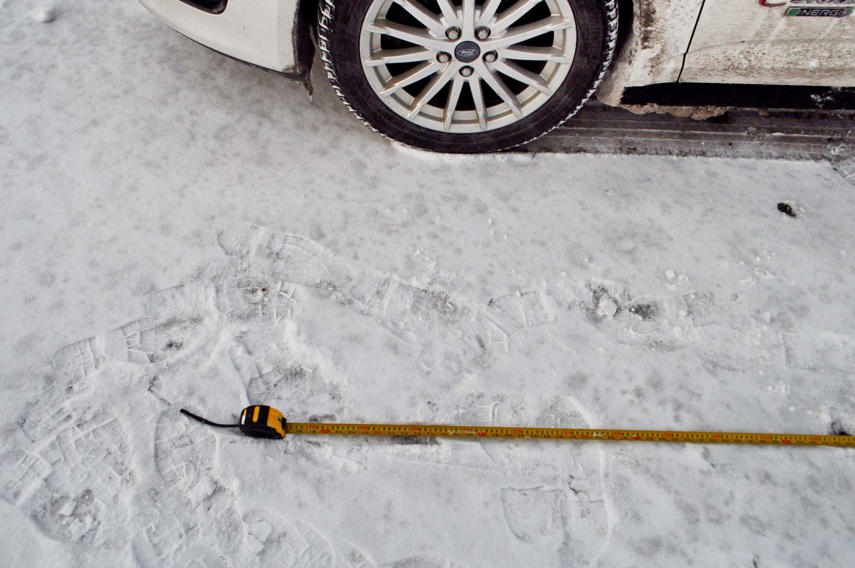
Real-world tests still impress
This was not a scientific run with a real-time V-Box telemetry system, with precisely measured stopping distance down to the mm, or an alarm at 40 km/h to indicate precisely when to brake now. This was me in a snowy industrial parking lot on my own with a few distance markers and a tape measure on a Sunday, with a goal of getting a feel for its emergency braking feel, plus some general braking distances on fresh powder.
I decided to place the snow markers 438 cm apart, because that marked exactly one car length for our C-Max. I’d accelerate to our test’s designated max speed and then slam on the brakes at the first marker, and then measure how far before or after the one car-length mark it would take to come to a complete stop. For measuring accuracy, we measured at the leading edge of the front tire marks in the snow, instead of doing an awkward measurement from the ground up to the leading edge of the front bumper.
The first few runs were from 20 km/h, with an average stopping distance of 357 cm, or roughly 2.7 feet less than a full car length. As expected, the car slowed quickly and tracked straight and true, in fresh but not deep powder.
When we doubled the speed at the first marker to 40 km/h, the average braking distances also grew almost proportionately, averaging 621 cm, but with more variability than from 20 km/h. There was also a touch more wiggle coming through the steering wheel during this full foot-to-the-floor ABS braking, but the car still stayed impressively straight, which is especially important in heavy winter traffic.
It would have been great to have been able to compare these braking distances with my two-year-old all-weather ones, especially with the less worn ones fitted to the front. If we’re able to make that happen before the end of winter, we’ll be sure to update these numbers.
Tire retailer Tire Rack did a much more detailed winter tire comparison test this past November with the X-Ice Xi3 and three rival winter tires here, which found that its on road manners and wet performance were still at or near the head of the class versus its Bridgestone, Yokohama, and Continental premium winter tire rivals, but it was surpassed on braking and grip on ice.
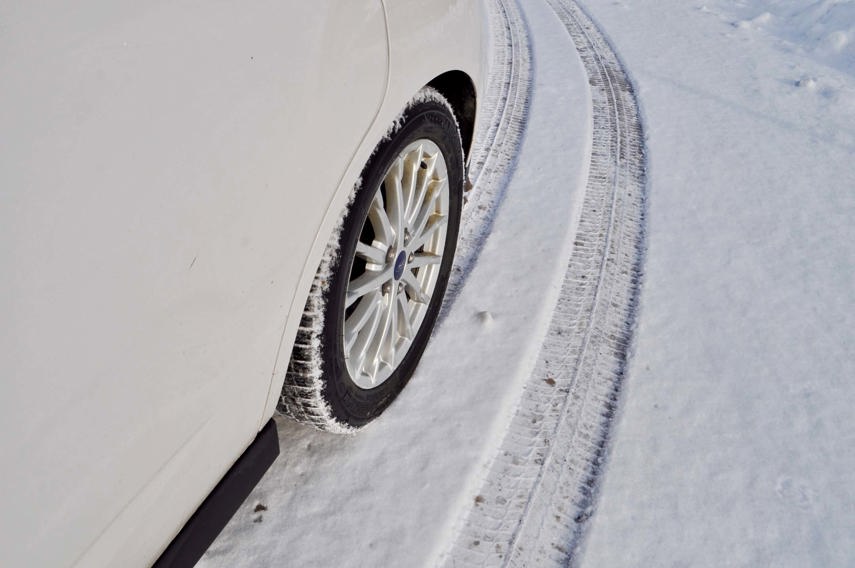
Warranty has some nice surprises too
These current X-Ice Xi3 winter tires come with a 50–60,000 km treadwear warranty (depending on speed rating), a six-year materials warranty, plus three years of roadside assistance – which includes battery jump-start and lockout service. That’s surprising, as those latter two don’t have anything to do with your tires.
The X-Ice is a mainstay winter tire for Michelin, starting at 14-inch 175 mm width sizes, all the way up to a 20-inch size. Prices for this 225/50R17 size from Kal Tire are $229 each, before taxes and $100 mail-in rebate, with other sizes ranging in price from roughly $119 to about $285.
Overall then, the Michelin X-Ice Xi3 offers an impressive overall package of confidence-inspiring grip and quiet in daily winter performance, and enough serious winter control to make you appreciate them whenever the weather gets sloppy, even if it’s not quite as grippy on snow or ice as some newer rivals. Will be fascinating to see how the X-Ice Snow compares to its highly regarded predecessor and other leading winter tire rivals.
